A team of industry leaders establish an Importance/Difficulty Matrix in order to chart ideas by relative importance and difficulty for furthering public-private partnerships.
Read more at the Reynolds Journalism Institute blog: Take Action! Public-Private Partnerships: Importance/Difficulty Matrix
Resources and Services
Dr. Mehr: Impact of a decision-making aid for suspected urinary tract infections on antibiotic overuse in nursing homes (Open Access)

Dr. David Mehr, M.D., is a William C. Allen Professor in Family Community Medicine and Director of Research at the University of Missouri School of Medicine. Dr. Mehr was awarded a $4.5 million federal grant to support a new Center for Patient-Centered Research Outcomes at MU. This interdisciplinary study is bringing together experts from across campus to investigate how to help patients and physicians understand which prevention and treatment options are best for each individual, especially patient who are older and/or dealing with complex chronic diseases.Construction is currenlty underway for the Patient-Centered Care Learning Center.
If you would like to read more about Dr. Mehr, click here for his profile.
Dr. Mehr recently published in BMC Geriatrics, an open access journal that publishes original peer-reviewed research articles in all aspects of the health and healthcare of older people, including the effects of healthcare systems and policies. The journal also welcomes research focused on the aging process, including cellular, genetic, and physiological processes and cognitive modifications.
Another record-breaking year in Special Collections
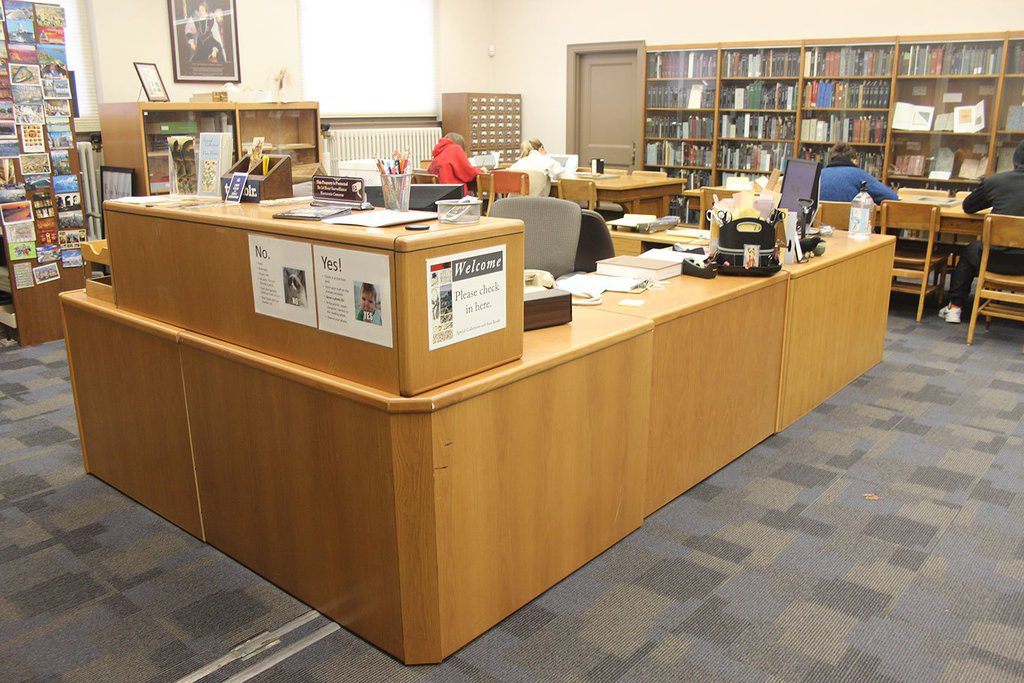
Although not all of our June numbers are in yet, we've topped our previous year's reference and instruction statistics yet again. We led about 180 class sessions and tours with over 1,900 total participants. We provided over 5,000 items from the collection for researchers and class use – an increase of almost 50% over last year. And we also answered over 1,300 reference questions!
Thanks to all our students and faculty for helping us to make this a great year. We're looking forward to continued service in 2016-17.

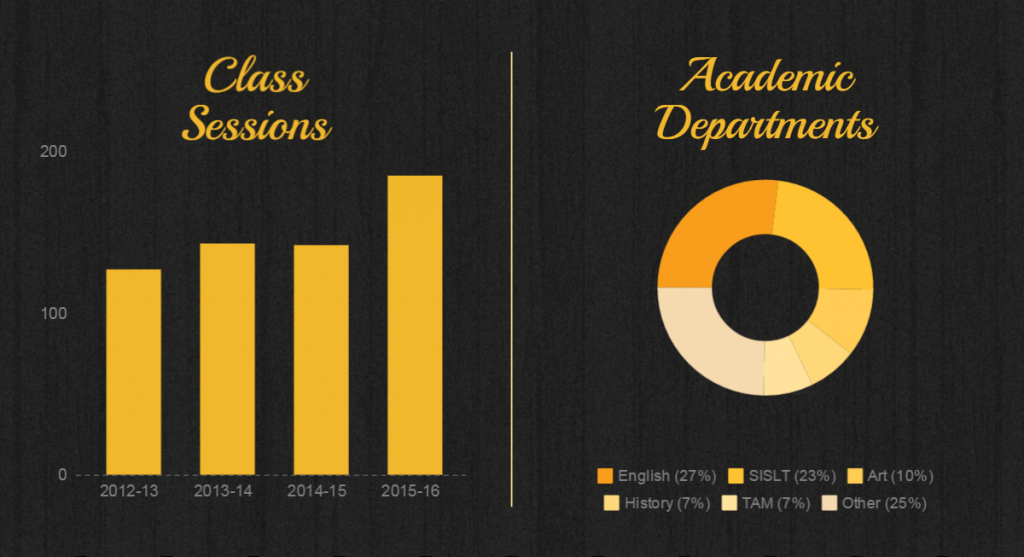
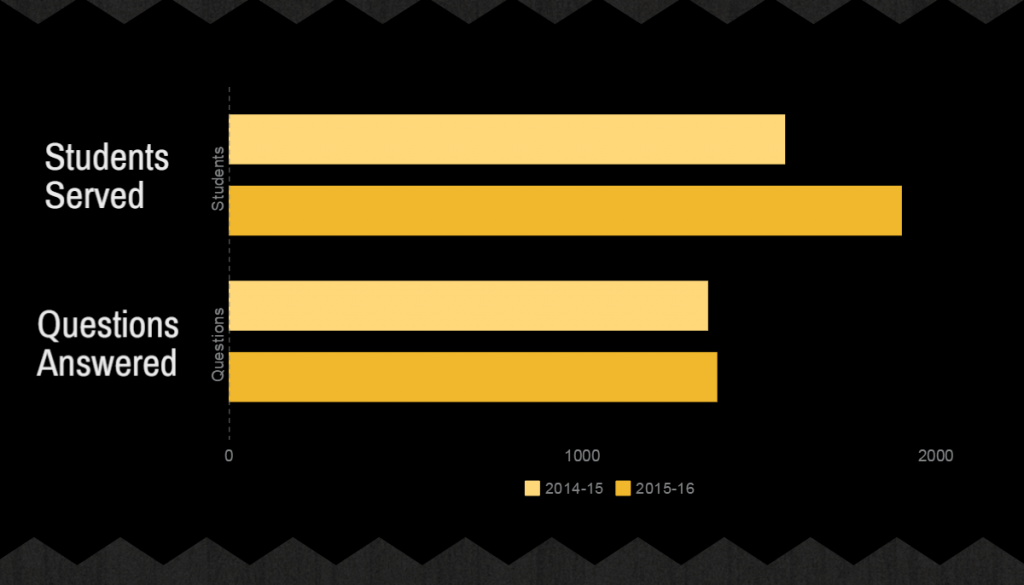
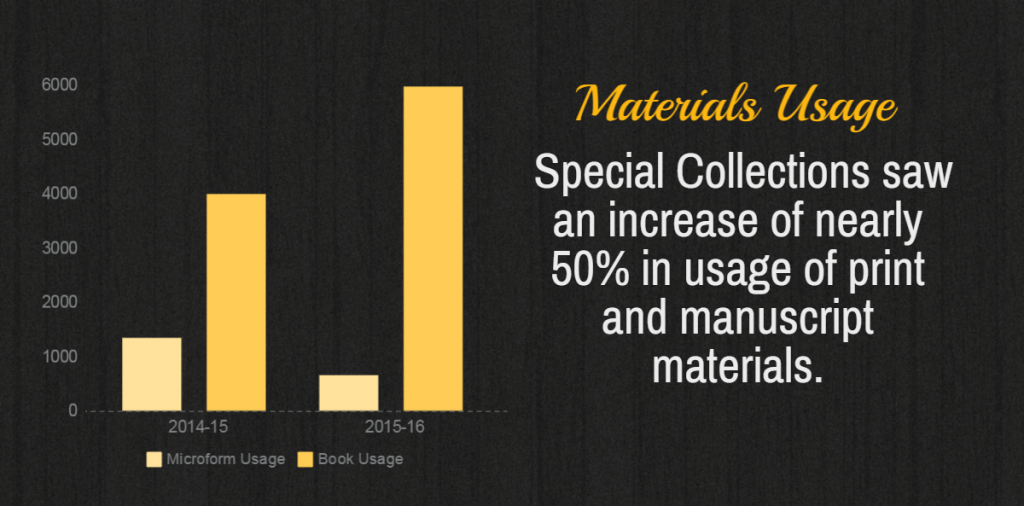
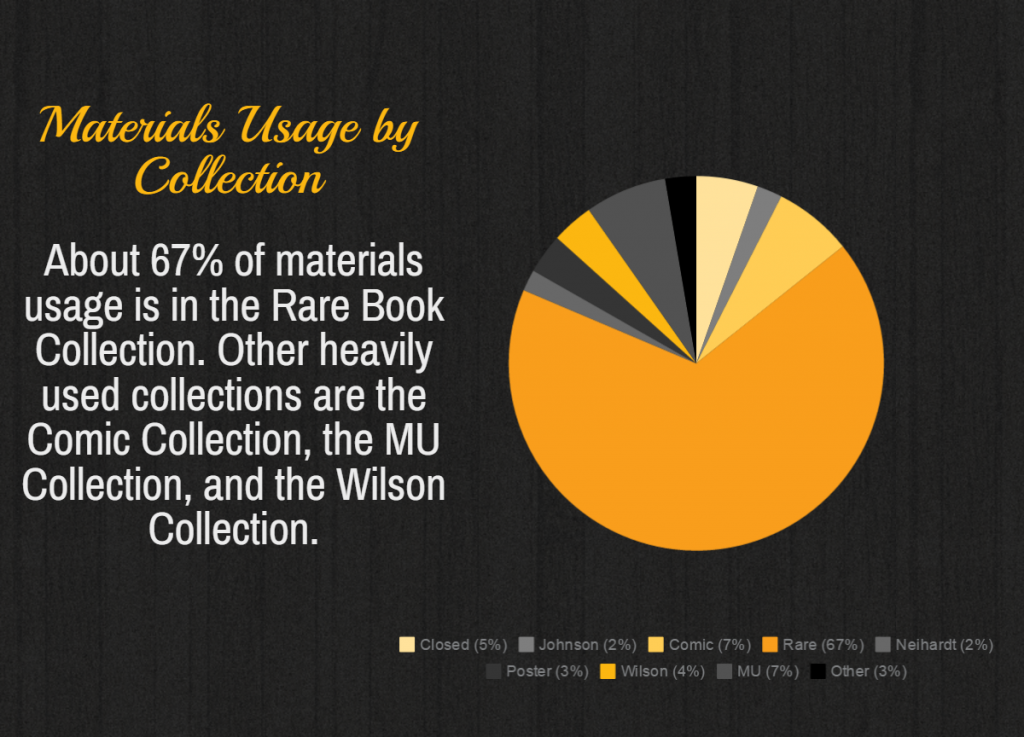


Take Action! Public-Private Partnerships: Brian Hocker and Edward McCain

Edward McCain interviews Brian Hocker about the cooperative project between the Dallas NBC station and the University of North Texas. Hocker is vice president of digital media, programming and research at KXAS-TV, NBCUniversal, Dallas-Fort Worth, Texas
Read more at the Reynolds Journalism Institute blog: Take Action! Public-Private Partnerships: Brian Hocker and Edward McCain
Plumb’s Veterinary Drugs Now Online

You now have electronic access to Plumb's Veterinary Drugs!
URL: http://www.plumbsveterinarydrugs.com/auth
Note: this link will work on campus. For off-campus access, you will need to use VPN.
Plumb's Veterinary Drugs
Authoritative reference on veterinary drugs for a wide range of species, including dogs, cats, horses, large animals, and exotics. Includes indications and contraindications, dosages, pharmacokinetics, adverse effects, drug interactions, and more.
Qo Libro e dela Sig[no]ra Laudomia Ricasoli Ridolfi.
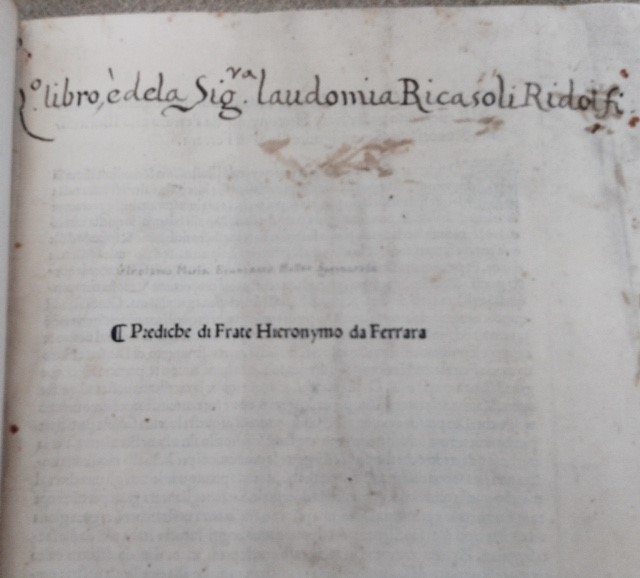
One of the books in our collection, Prediche di Frate Hieronymo da Ferrara, 1496, (Predictions of Brother Jerome of Ferrara, known as Girolamo Savonarola), has an interesting provenance.
It was acquired in the late 1980s from H.P. Kraus, a renowned antiquarian bookseller in New York, who in turn got it from the library of Franz Joseph II of Liechtenstein (1906-1989), a fearless prince, who dared to resist the brutal pressure by the Soviets to release half a thousand Russian soldiers seeking political asylum at the end of the WWII, when the British readily gave in to similar demands by Stalin’s henchmen.
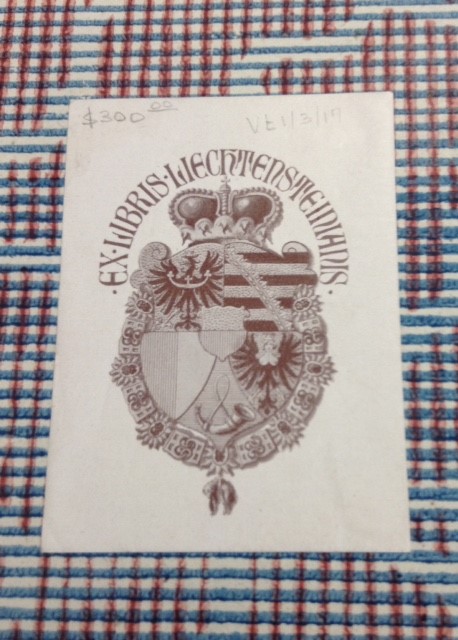
However, at the beginning of the 17th century the Predictions belonged to a rich Florentine by the name of Laudomine (Laudomia) Ricasoli Ridolfi. We have autograph owner’s note: Qo Libro e dela Sig[no]ra Laudomia Ricasoli Ridolfi.
Signora Laudomine was the widow of Cosimo Ridolfi, who belonged to the upper crust of the Florentine aristocracy. Refusing to hold any public position, he preferred the life of a “rustic magus”, as he styled himself in the letter to Don Giovanni Medici. *
A closely knit group of people captivated by astrology, alchemy, and all kinds of arcane knowledge congregated around Don Giovanni, an illegitimate son of the Grand Duke of Florence Cosimo I. Don Giovanni, legitimized at the age of seven, bestowed with money and his own palace in Florence, was an accomplished military and civil engineer and among other pursuits cultivated the passion for rare books, especially the ones on the Florentine Inquisiton’s Index Librorum Prohibitorum (a list of prohibited books).
His librarian Benedetto Blanis, who supplied the new books and meticulously catalogued his patron's library, was also a book dealer who ran his own shop in the Florentine Ghetto where rare manuscripts on the occult subjects were copied. Arrested by the Inquisiton twice, he spent two weeks in prison the first time, and several years the second.
From April 1619 to April 1620 Blanis was looking to acquire the library of Laudamine Ricasoli Ridolfi after the death of her husband. She detested her husband’s occult friends and as well as his books, but was not eager to give or sell them to Blanis either. Soon he learned that he had a rival — the General Inquisitor of Florence, Fr. Orazio Morandi, who shared his interest in thing arcane.
We do not know whom of the two– the inquisitor or the Jewish librarian, the good Segnora chose, perhaps, neither, because Katalog der Inkunabeln der Fürstlich Liechtenstein, where our copy is listed under the # 212, is silent on the matter. But then many of our books — just as most rarities — are shrouded in mystery.
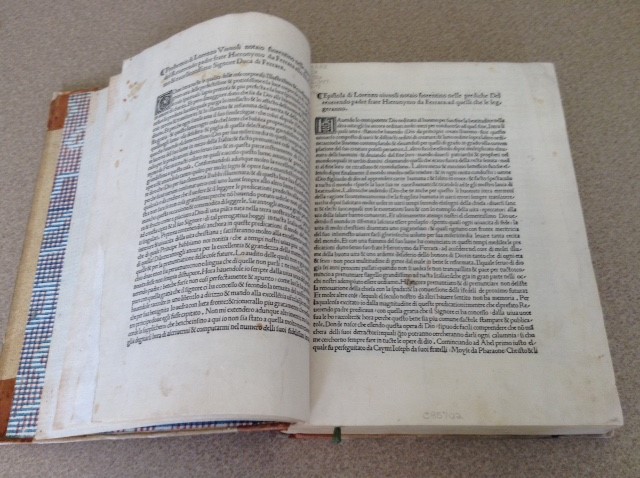
* Edward Goldberg, Jews and Magic in Medici Florence : the Secret World of Benedetto Blanis, U of Toronto Press, Toronto, 2011, p. 172.
All interesting information concerning the lives of Benedetto Blanis and Laudamina Ricasoli Ricardi was taken from the book cited above.
This week in Special Collections
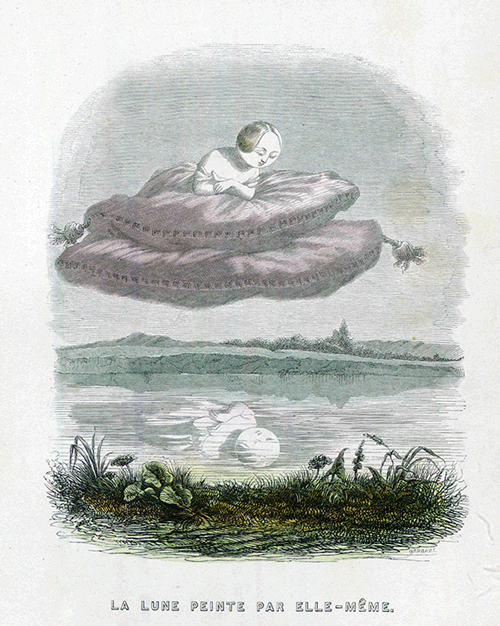
Actually, this post should be called "The Last Two Weeks in Special Collections," since we're changing to a biweekly format for summer. Campus and Ellis Library have been pretty quiet during intersession. We're taking advantage of the lull to catch up on projects throughout the department, including featuring more about Special Collections on Tumblr. We have lots of interesting materials waiting in the queue to share with you this summer, including a weekly series on comic supervillains, occasional peeks into the stacks, in-depth looks at our newest acquistions, videos, fore-edge paintings, forays into the field of digitization, and more.
Here are a few highlights from the last two weeks.
Browse all our posts (including lots of wonderful content shared from other libraries) at http://muspeccoll.tumblr.com/.
FY17 Collections Budget Cuts — May Update

To meet our expected collection expenditures without cuts in FY17, the MU Libraries collections budget would need to be $7.2 million. Our expected revenue (or budget for collections) will be approximately $6 million. To accommodate the shortfall, we will need to reduce our expenditures by 1.2 million or approximately 17% in FY17.
Please see our FY17 Collections Budget page for a full overview of where we are in this collection reduction process.
Recent communications to Department/Program Chairs:
Barb Jones’ Library ROI Calculator mentioned in BMJ Newsletter

Shoutout to our own Barb Jones for her Valuing Library Services Calculator, which was mentioned in this season's BMJ (British Medical Journal) Insider's Quarterly Newsletter!
"Put your library where the money is: Free ROI calculator"
BMJ Insiders's Quarterly Newsletter, Spring 2016
What is your library worth to your institution?
How much would it cost to replace your library services on the retail market? Calculate what it would cost to buy library services – at a book store, through pay per view for articles, from an information broker – if you and your library weren't there.
Happy 20th Birthday, MERLIN!

Happy 20th Birthday to our online catalog, MERLIN! Launched on May 28, 1996, the MERLIN Library Catalog is how researchers search for books and other materials that the library owns. Celebrate its birthday this Saturday by searching the catalog!
What does MERLIN search?
MERLIN is the shared library catalog of the four University of Missouri campuses and the State Historical Society of Missouri. The MERLIN catalog searches for books (print AND ebooks), periodicals (scholarly journals, magazines, newspapers), DVDs, CDs, government documents, and other formats of scholarly material that are part of the tangible and online collections at MERLIN member libraries.
MERLIN includes the collections of the following Missouri libraries: University of Missouri (MU), MU Law, University of Missouri-Kansas City, University of Missouri-Kansas City Law, Missouri University of Science and Technology, University of Missouri-St. Louis, and the State Historical Society of Missouri.
Who has access to MERLIN?
Anyone in the world can search the catalog to see what items are available, but usually only students, faculty, staff, and others affliated with the MERLIN libraries can access the full-text of these materials. Some materials in the MERLIN catalog are only available at one individual library, for example, electronic books available only to users at one campus, databases accessible to users at UMKC, and books available for on-demand library purchase for MU users.

Why is it called MERLIN?
MERLIN stands for the Missouri Education and Research Libraries Information Network.
Our MERLIN library group is a part of MOBIUS, which stands for Missouri Bibliographic Information User System. This system is a consortium of libraries in the state of Missouri. The membership includes 62 full members from colleges, universities, the Missouri State Library, and 2 public libraries (cooperating partners). Check out this map of all of the libraries in the MOBIUS system!
Most of the groups within this system have names from the legend of King Arthur, such as the Arthur, Galahad, and Merlin groups. Why? I'm not sure. If you have the answer to that, email atkinsge@missouri.edu and I'll update this post!
Need help searching MERLIN?
Day or night, you can always Ask a Librarian for research assistance! We're experts on how to navigate the MERLIN and MOBIUS catalogs. libraryanswers.missouri.edu